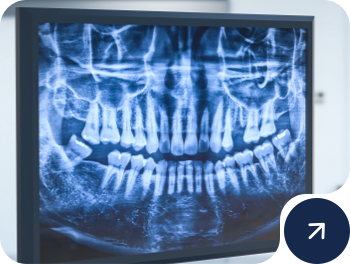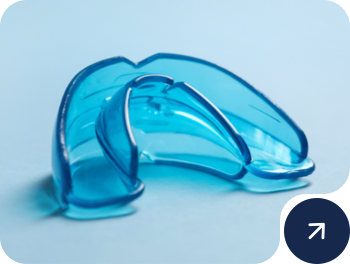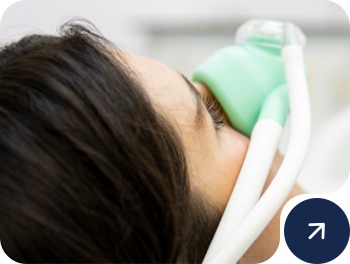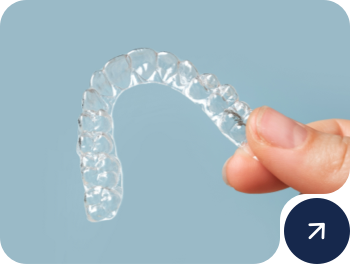Inside your tooth, beneath the enamel and dentin, is a soft tissue called pulp. This tissue contains blood vessels, nerves, and connective tissue that grew the tooth’s root during development. If the pulp becomes infected, it can cause severe pain and discomfort.
A root canal treatment removes the infected or damaged pulp from the tooth’s root canals. The canals are then cleaned, disinfected, and sealed with an inert bio-compatible material to prevent further infection and help preserve the natural tooth. A fully developed tooth can survive without the pulp because the tooth will continue to be nourished by the surrounding tissues.
Root canals are a common and effective treatment performed by dentists to save infected teeth. With advancements in dental technology, root canals are considered safe procedures with a high success rate. They’re similar to routine fillings, and in most cases, you can quickly return to your normal oral functions with ease after your procedure.
Why a Crown Might Be Needed After a Root Canal
Root canals are designed to save a compromised tooth, but they can weaken the tooth’s structure and make it more susceptible to chipping and tooth fractures. A crown provides added strength and support to the treated tooth and acts as a barrier, preventing bacteria from entering the tooth and causing further damage.
Most teeth that have had a root canal treatment will require a crown to be placed on that tooth. In some cases, depending on the tooth’s condition and location, a crown may not be needed, and a filling might be sufficient. When you visit us, we will assess the condition of your tooth and recommend a treatment option based on your oral health.
Benefits of Preserving a Natural Tooth with a Crown
Saving your tooth with a root canal and crown can help you maintain a normal bite force and sensation, which can support your overall oral health and comfort. It can also help prevent excessive wear and strain on neighbouring teeth.
Why Not Extract the Tooth Instead?
Tooth extraction completely removes a tooth. While it can address an infected or damaged tooth, it’s often the last resort. It might seem like a quicker and easier solution, but extracting a tooth can have long-term consequences that you should consider.
Root Canals vs. Extractions
Here are some important details that can help patients make the right decision when they’re considering their options for root canals vs. extractions:
Extractions:
- Can eliminate severe pain and infections.
- May be necessary for severely damaged or non-restorable teeth.
- May require additional treatments, like bridges, implants, or dentures to replace the extracted tooth.
Root canals:
- Allow you to keep your original tooth, which supports your oral health, function, and appearance.
- Can be a more economical option compared to extractions and subsequent restorative treatments to replace the extracted tooth.
- Are generally less invasive than extractions.
How to Care for Your Teeth After a Root Canal
After a root canal, your tooth will need time to heal. Here are some tips to help you recover:
- For the first few days, take it easy and avoid chewing on the treated tooth. Soft foods like soups, mashed potatoes, and yogurt are great options.
- Manage your pain by taking over-the-counter pain relievers. If the pain is severe, contact us.
- Keep it clean by gently brushing and flossing around the treated area. Avoid using harsh dental products that can irritate your gums.
Follow-up Care
We will schedule follow-up appointments to monitor your healing progress. These appointments are essential to ensure the root canal is successful and your tooth remains healthy.
Even after your root canal is complete, it’s important to continue caring for your teeth. Regular dental checkups, brushing, flossing, and avoiding sugary foods will help prevent future problems.
A well-cared-for tooth can last for many years. Please feel free to contact us at any time with questions about root canals, crowns, and how to care for your teeth.





















